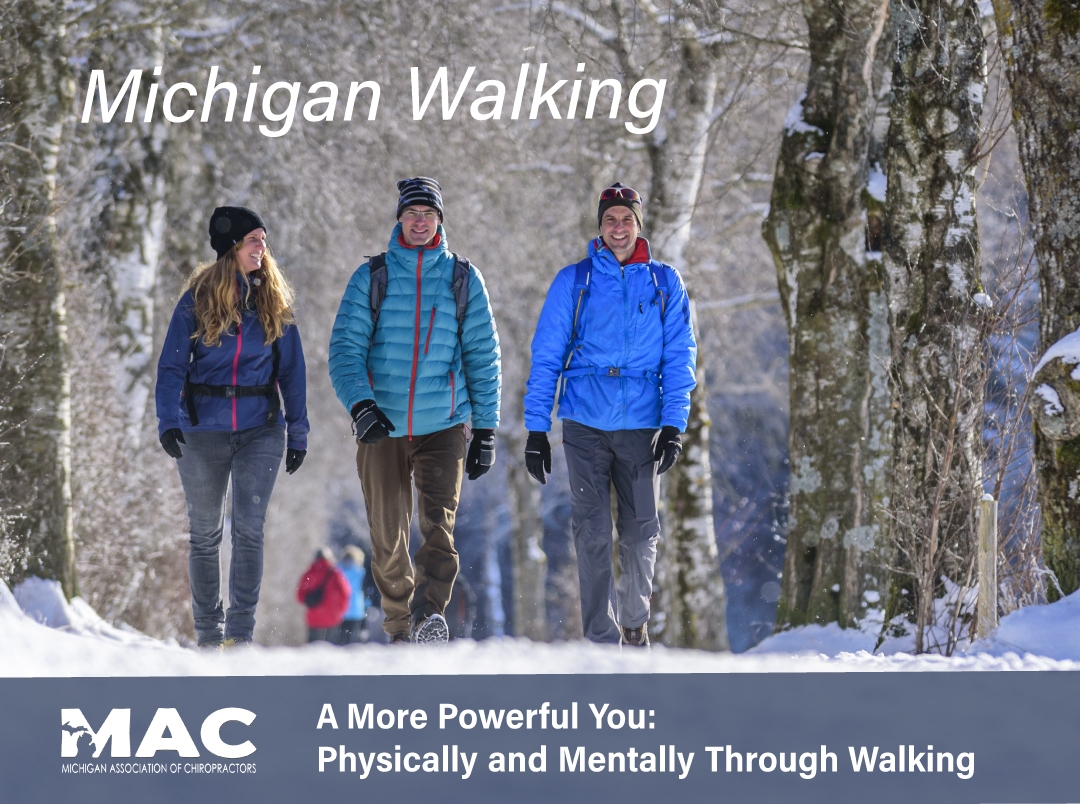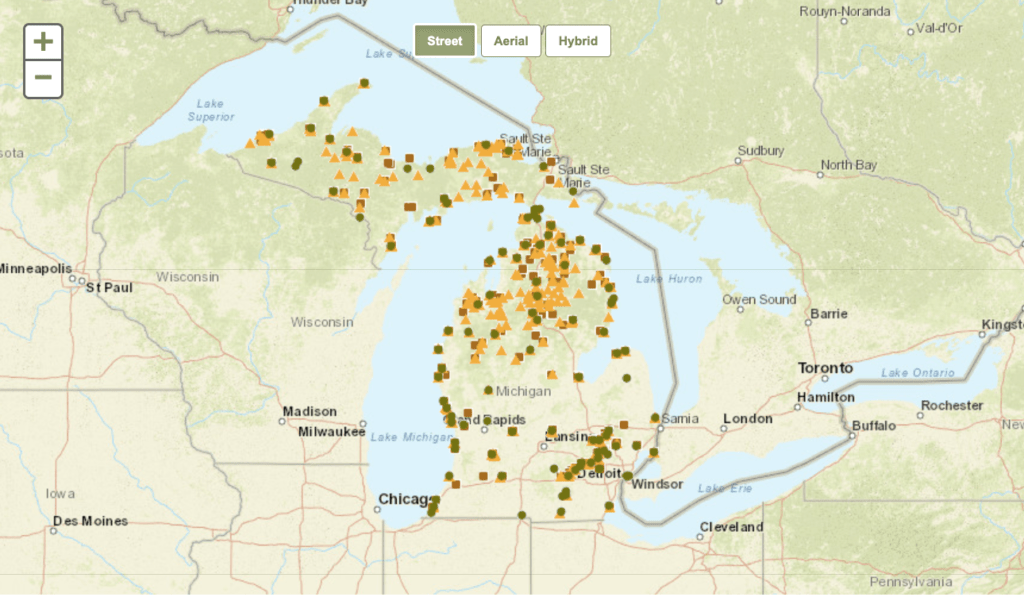
The book In Praise of Walking celebrates and explores the seemingly simple and often overlooked exercise of walking. Shane O’Mara shows us that bipedalism is a uniquely human evolutionary adaptation that shapes our identity and experience in a truly holistic manner. In a world that is increasingly sedentary, we are urgently reminded of the joys, benefits, and impact of getting up and walking around.
Did you know?
- The habitual act of walking has a multitude of benefits for both brain and body, many of which are only just being discovered.
- The benefits of walking to our overall heal—both brain and body, both physiologically and psychologically—are vast and often unheralded in our modern society.
- Our brains become actively engaged in our mobile environment, and our thinking can even be improved.
- The list of physiological benefits of habitual walking includes repairing damaged organs, decreasing and even reversing signs of brain aging, increasing gut motility — aiding digestion, reducing inflammation markers, decreasing triglycerides, and improving cardiac and vascular health.
- On a walk, all these biological benefits are developing whilst simultaneously bringing you sharply into the present. When you walk, you see, you touch, you smell, and view the world intimately at your own pace.
“When you walk, you see, you touch, you smell, and view the world intimately at your own pace.”
- The world is close at hand and not obscured behind glass or whizzing by you as you mechanically travel. You can digest the world (with your improved cognition) and unearth the wonders that come with taking a stroll.
Walking has been well-conserved over eons of evolutionary history and in many species, but humans alone stand on their own two feet.
- Evolution, it seems, has conserved the art and beauty of walking for an unimaginable length of time and across a multitude of species. This is what allowed us to first walk ourselves out of Africa almost 60,000 years ago and amble our way to the far reaches of the earth.
- It is not clear when this adaptation fully emerged, but it has given humans distinctive advantages. A key advantage is that we can gather food with our free hands and travel long distances with minimal energy expenditure. Interestingly, it is not energy expenditure differences specifically that separate us from our hunter-gatherer ancestors, but our consumption of energy.
- The modern human battles obesity partly due to a sedentary lifestyle, but also because we simply take in more calories than necessary.
“Getting out there and walking will benefit you in more ways than one. Humans are made for it, and if we want to overcome modern health problems, we need to take plentiful steps every day.”
Subconscious and conscious stimuli trigger our brains to fire individual cells to guide us along our chosen paths.
- When walking, the brain must first work to keep the body and brain balanced in space, then it must send the correct signals via the spinal cord to get you moving while maintaining inertia of the brain. This is achieved through the complex subconscious vestibular system that is based in the inner ear. The mechanisms of this system work without the need for sight or hearing to intervene — although these external inputs do serve to correct and regulate when necessary. This is greatly emphasized when we sleep. Even with your eyes closed, the vestibular system is still active and will quickly help you react if you are pushed out of bed.
- Our cognitive map relies on all of our senses to create an inbuilt and individual GPS. We also have a unique ability to mentally time-travel. We dwell on memories of past experiences and imagine numerous alternative futures. This, along with our immediate sensory input, allows us to simulate new paths and routes to desired destinations.
- Essentially, as we walk and experience life, our brains are remarkably activated to create a survey map of our surroundings, giving us an innate sense of where we are going.
Society is increasingly urbanized and as a result, all cities should be easy to walk in, accessible to all, safe and enjoyable.
- We are living in an increasingly urban world, and it is estimated by the United Nations that by 2050, 80-90% of the population will live in cities or towns. This means that much of our walking will be in an urbanized environment. Walking in a city is the best way to immerse yourself in the energy of the place. The sight of people making their way in the hustle, the smells — both good and bad, the snippets of conversation, and the atmosphere all give insight into the real heart of a city.
- Architects and urban planners are preoccupied with vehicle flow rather than making sure that our cities follow the acronym EASE: Easy to walk, Accessible to all, Safe for everyone, and Enjoyable for all. If only neuroscientists and psychologists were allowed a hand in city design, our livability and walkability may be much improved. Sadly, many of us are accustomed to living our lives in boxes, from home, to car, to office, and back again.
- Improving walkability is also economically and environmentally advantageous to a city. Those who live in a bustling city enjoy a higher pace of life because they live in a place full of rich rewards. They are in close proximity to businesses, shops, restaurants, and other resources and are more likely to spend their money and time in those places. The local economy is boosted, and our environmental footprint is reduced. Whether we are aware or not, the cities we live in shape us, and we need to be on the side of developing cities that shape us for the better.
When we begin moving, so do our brains.
- Walking at a speed that does not overly tax enhances abstract problem solving and creative thinking. As Henry David Thoreau observed, “The moment my legs begin to move, my thoughts begin to flow.” Thoreau, like many other prolific artists, philosophers, and thinkers, has written eloquently on the positive effect that walking has on the clarity of thought and creativity.
- Further, walking allows for one to flit between mental states, to hone in on a thought, and release it again to its greater context. Our brain has a focused mode — effective for solving direct problems and calculating answers — and a default mode whereby the mind wanders away from our present and delves into our autobiographical past or imagined futures. Mind-wandering has often been associated with time wasting, but it is far from it. Our ability to switch effortlessly between concentrated thinking and our default wandering mode allows us to create rich personal narratives by integrating our thoughts: past, present, and future. When both mental states are active, we have the basis for creativity.
Humans were made to walk together, and in doing so, walking can be a powerful tool for connection and for change.
- We humans are communal creatures, and that is why the core of walking is profoundly social. Getting to share a stroll, an amble, or a march with friends, family, or strangers with a common goal or ideal represents the best of walking. Social walking is evolutionary and bound in history.
- Today, we walk in groups to get food or in protest for a cause, or we aimlessly wander simply enjoying the conversation of our company. Walking and talking together produce collaborative creativity and social connection. Neurologically, coordinated walking in groups requires multiple brain regions to act simultaneously to keep ourselves in sync with our partners. Yet as humans, we are so acutely and intuitively aware of one another’s behavior that we do so rapidly and with ease.
As Mark Twain put it, “The true charm of pedestrianism does not lie in the walking, or the scenery, but in the talking.”
- It is surely harder for us to maintain unity and order when walking in large groups such as a march for social justice but chanting or singing in unison during demonstrations helps to keep us unknowingly on beat and in sync. We march in rhythm with each purposeful and expressive step, and although marching collectively does not by itself change a political system, married with other forms of collective action, marching can be effective in demonstrating depth of emotion and is a powerful way to pave the path for change.
So, whether you’re a beginner or expert, getting those steps in are actually helping you achieve long term goals as well as staying fit. Next time you find yourself wanting to take a day off and sit around, try to remember all of the benefits that come with taking a walk around your neighborhood or downtown area. Grab a friend and get moving! You might end up thanking yourself later!
Walking Groups
Southeast Michigan
Detroit Walk with a Doc Detroit, MI
https://www.meetup.com/WalkWithADoc-Detroit/
Downriver Runners and Walkers Allen Park, MI
https://www.facebook.com/downriverrunners/
Flint Urban Hike Flint, MI
https://addup.sierraclub.org/events/flint-urban-hike-3
Healthy Dearborn Walk n Roll Dearborn, MI
https://www.facebook.com/groups/HealthyDearbornWalknRoll
Island Road Runners Grosse Ile, MI
https://islandroadrunners.com/
Livonia Walks Livonia, MI
https://www.meetup.com/Livonia-Walks/members/?op=leaders
Walking Guide to Nature: Field and Forest Ann Arbor, MI
https://www.meetup.com/a-walking-guide-to-nature-field-and-forest/
Manchester Walking Program Manchester, MI
https://www.5healthytowns.org/event/manchester-walking-program/2021-02-05/
Nature Walks/Easy Hikes for Women A2 Ann Arbor, MI
https://www.meetup.com/Nature-Walks-Easy-Hikes-For-Women-AA/
Novi Christian Women’s Walking Group Novi, MI
https://www.meetup.com/Novi-Women-s-Walking/
People for Palmer Park Club Detroit, MI
https://www.peopleforpalmerpark.org/walking.html
River Rovers Walking Club Trenton, MI
https://www.healthytrenton.org/river-rovers-faq
Roseville 7am Walk Club Roseville, MI
https://www.meetup.com/meetup-group-hNgTfvvK/
Stage Nature Center Troy, MI
https://troynaturesociety.org/programs/register-for-programs/
Stockbridge Walkers: Walking Program Stockbridge, MI
https://www.5healthytowns.org/event/stockbridge-walkers-walking-program/2021-02-07/
Walk, Talk, and Dine with Like Minded People Utica, MI
https://www.meetup.com/meetup-group-TvPIuhIj/
Watching and Walking for Wild Birds Ann Arbor, MI
Mid Michigan
Lansing Area Outdoor Enthusiasts Lansing, MI
https://www.meetup.com/Lansing-Area-Outdoor-Enthusiasts/
Midland Walking with Dogs for Fitness Meetup Midland, MI
https://www.meetup.com/Midland-walking-with-dogs-for-fitness-Meetup/
Hey Lets Go Hiking Lansing, MI
https://www.meetup.com/Hey-Let-s-Go-Hiking/
Walk Midland Program Midland, MI
West Michigan
Kzoo Walkers and Hikers Kalamazoo, MI
https://www.meetup.com/The-Kzoo-Walkers-Hikers-Meetup-Group/
Marshall Walking Meetup Group Marshall, MI
https://www.meetup.com/Marshall-Walking-Meetup-Group/
Recurring Wednesday noon hike at PROVIN TRAILS Grand Rapids, MI
https://www.meetup.com/fr-FR/hiking-477/events/vdgjsryccdbfb/
Northern Michigan
RF Walking Club Traverse City, MI
https://www.facebook.com/events/
Join a Northern Michigan Walking Group Omena, MI
https://mynorth.com/2020/09/join-a-northern-michigan-walking-group-tips-to-start-your-own/
Statewide
AVA Michigan
https://my.ava.org/find-an-event.php
Michigan Walking Trails and Maps
https://www.traillink.com/stateactivity/mi-walking-trails/




